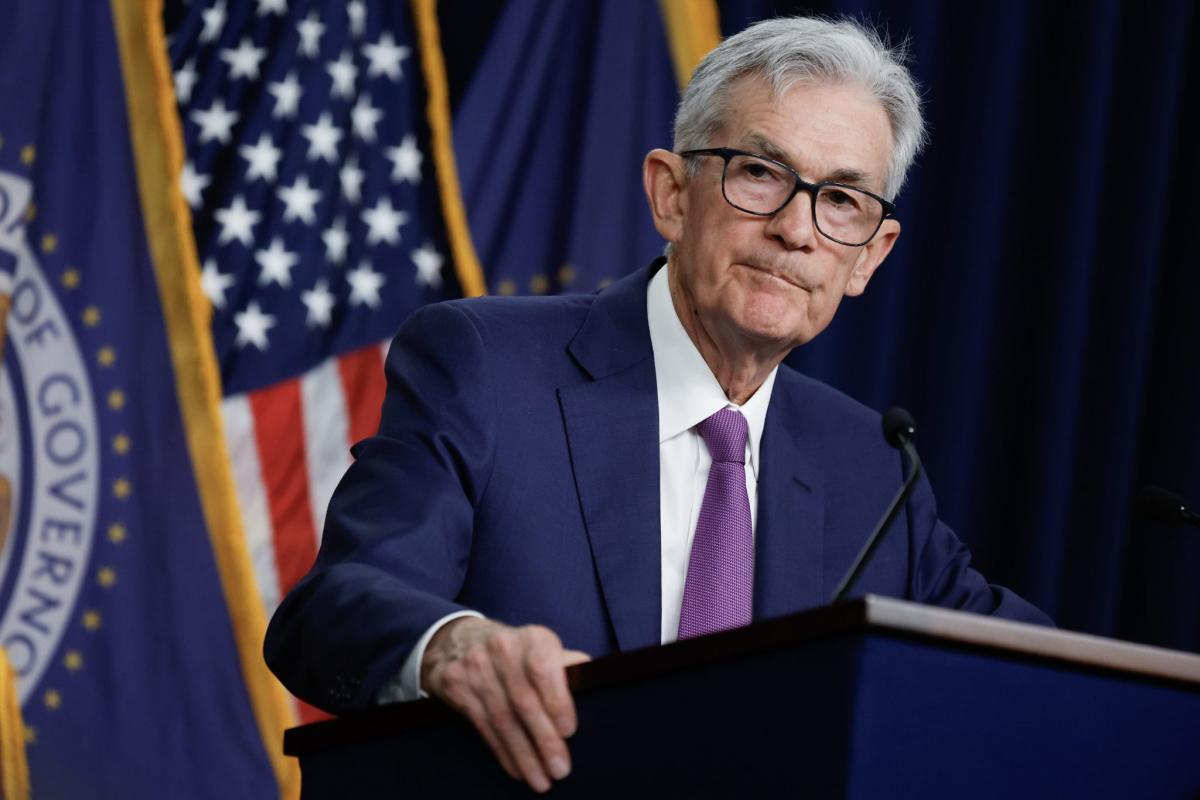Investors may be grumbling about the highest interest rates in more than two decades, but one economist says the Fed may not have raised rates enough — and we may be left with higher prices as a result.
When the central bank stopped raising interest rates in July 2023, this may not have resulted in sufficient tightening of the economy. That’s why inflation hasn’t fallen to the Fed’s target level, according to Lindsey Piegza, Stifel’s chief economist.
“I think, as we have long argued, the Fed stopped this hyper-focus on achieving a soft landing at the point where we needed to be to ensure a return to price stability, and not just sit on the sidelines and hoped for it. but make sure the return returns to 2%,” Piegza said CNBC on Wednesday.
The Federal Reserve continued its dual mandate of lowering inflation while maintaining full employment after the U.S. economy struggled following the pandemic. At its peak in June 2022, inflation was at a 40-year high of 9%, while at the same time the labor market had largely recovered from the mass unemployment caused by the pandemic. Against that backdrop, the Fed focused entirely on the so-called soft landing: lowering inflation without the usual spike in the unemployment rate. According to Piegza, that focus has led to a cycle of rate hikes that still haven’t done enough to sufficiently lower inflation. She even claims that the soft landing can only happen if prices fall even further.
“We’re not there yet, because remember, part of the soft landing is the eventual return to price stability,” Piegza said. “We are still well above the 2% target and still not confident that we will return to that disinflationary trend.”
Persistent inflation has been a persistent problem for the Fed since the beginning of the year. Stifel’s position was that the economy is still too strong and consumers are still willing to overspend for inflation to drop significantly. As early as January, Stifel CEO Ron Kruszewski was skeptical that inflation had fallen enough to allow the Fed to cut rates, as many investors expected at the time.
“I’m not so sure that inflation has been completely tamed,” Kruszewski said Yahoo News while attending the World Economic Forum in Davos, Switzerland.
As inflation’s last mile remains stubbornly elusive, some Fed officials have begun to float the idea that the central bank may need to raise rates further rather than cut them. That would mark a major reversal in the expectations of the markets, which started the year by predicting as many as six interest rate cuts. However, Piegza does not think the Fed should raise rates.
“The Fed should not move the goal post at this point, but rather do the work necessary to restore price stability to the 2% level previously indicated,” Piegza said. Fortune in an email.
Possible rate hikes would require a dramatic shift in the current trajectory of inflation, which has hovered around 2.6% since the start of the year, according to the Fed’s preferred measure. For Piegza, a rate hike, which she still considers highly unlikely, would only come after six consecutive months of rising inflation rates.
For now, the Fed has made it clear that it will hold on to rate cuts (or increases) until it gets more promising inflation data. Piegza, for her part, thinks waiting means no interest rate cuts in 2024.
“Inflation is still very persistent,” Piegza said. ‘The economy is still relatively solid. Consumers are losing momentum, but are still out of the market. It will be very difficult for the Fed to justify a rate cut. They are on track for a possible reduction, but it increasingly seems like a 2025 event to me.”
In recent weeks, Fed officials have also cited the strength of the labor market as a reason to delay rate changes. Federal Reserve Bank of Minneapolis President Neel Kashkari called current low unemployment levels a “luxury” for the U.S. economy. The latest data shows a labor market with fewer vacancies compared to the post-pandemic heyday. Yet there were still more vacancies than there were workers available to fill them.
“We continue to see the idea that labor demand still exceeds labor supply, perpetuating the idea of wage pressure and adding further uncertainty to the longer-term inflation outlook that the Fed is so keen to return to that target of 2%,” said Piegza.
As Wall Street waits with bated breath for any hint from the Fed about its next steps, Piegza’s boss Kruszewski warned that things could get worse. “Every hard landing starts with a soft landing,” Kruszewski warned.
This story originally appeared on Fortune.com







